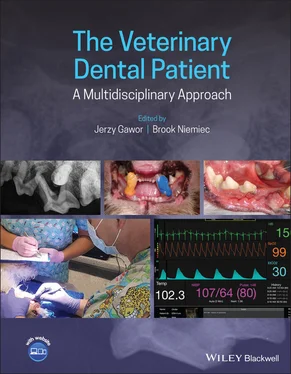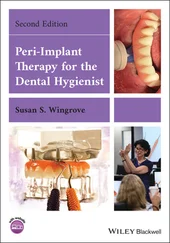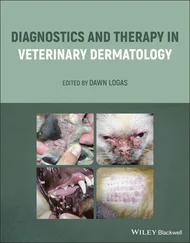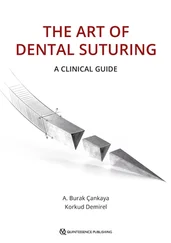The receptionists should maintain a clean and pleasing waiting room; however, the current trend is to move the patient and client to an examination room as soon as possible. While the client waits, the receptionist should offer them reading material or videos covering the value of good oral home care options, the safety of anesthesia, periodontal and other common oral diseases, and – if appropriate – dental care for exotic pets.
The receptionist can be also responsible for putting together estimates and collecting dental fees. This can be a positive experience for the client, and they may thank the team for an exceptional experience – or it can be a negative experience, if the client feels they have been overcharged or not kept informed of the cost of treatment. A positive outcome can be ensured by discussing financial concerns early on and revisiting the status of the case frequently. Ideally, the veterinarian or nurse will discuss the findings and review the dental radiographs and (hopefully) photographs with the client before billing them out. A positive, well‐informed, and educated receptionist can reassure the client over costs and explain any additional items should the client question them at discharge.
The receptionist is also responsible for ensuring that all referral paperwork is complete and gets sent to the specialist in a timely manner. It is helpful to teach them how to send digital dental X‐rays and dental charts.
Many practices are moving to online scheduling for appointments and procedures. The receptionist must be versed in the use of such systems, as well as any text messaging systems: calling or texting clients to remind them of their next appointment is also their responsibility.
Many veterinary practices offer boarding services for their patients. It is important that kennel assistants be trained to examine patients' teeth when the client brings them in for boarding ( Figure 4.2). They should show the client any calculus or red, swollen gums and ask if they would like their pet to have a more advanced oral examination and possible dental cleaning and treatment while they are boarding. They should also examine for damaged teeth upon intake, as this can avoid a complaint of teeth breaking during boarding, which is not an uncommon occurrence ( Figure 4.3). The kennel staff should be empowered to discuss the importance of good oral home care with the client and offer to brush the pet's teeth or perform other home care while boarding. They can be taught to recognize basic pathology and bring it to the attention of the veterinarian. They can also inform the client if the type of treats or chews they have brought for their pet might cause dental injuries, and recommend safe, effective alternatives. These simple things can help emphasize the importance of oral care to the client.
4.4 Veterinary Care Assistants
The veterinary care assistant plays a huge role in dentistry within the practice. Their work can be divided into three areas: preoperative, intraoperative, and postoperative.

Figure 4.2 The kennel assistant, a first‐line dental team member.
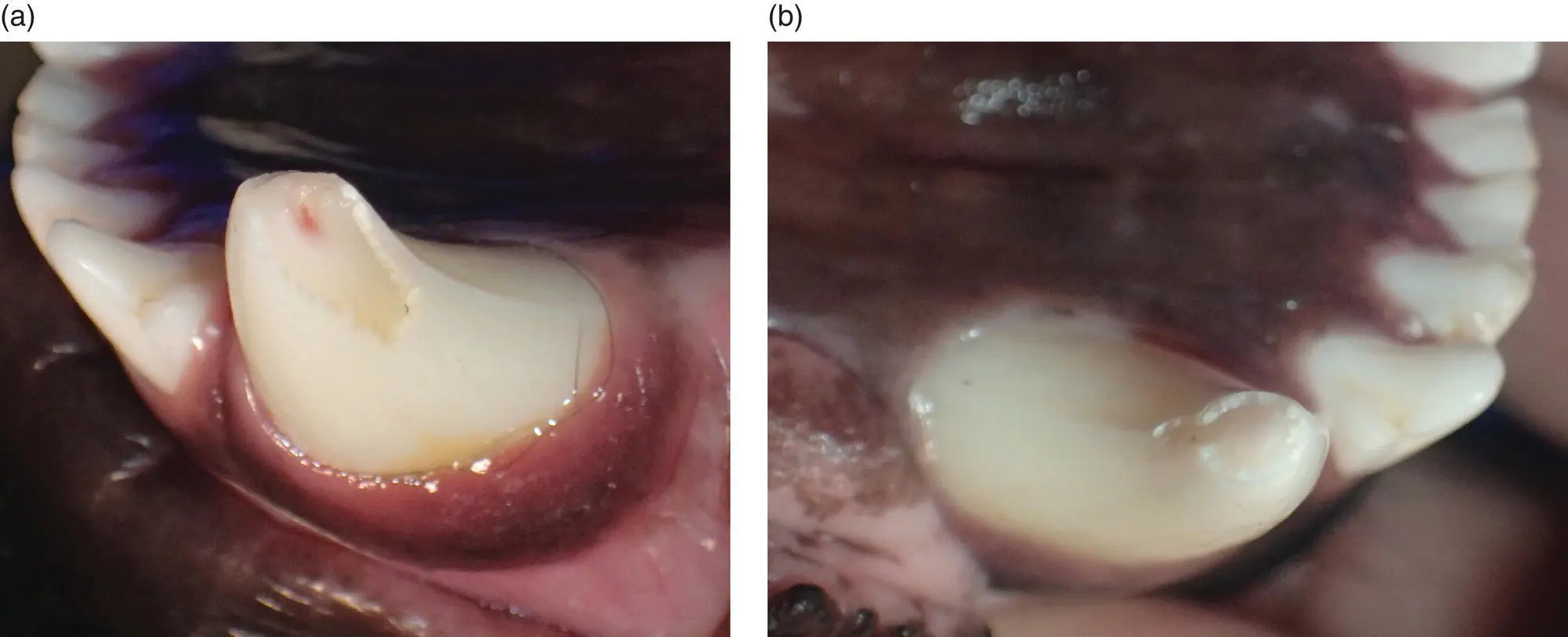
Figure 4.3 (a) This patient came to boarding with a fractured 304. (b) An uncomplicated crown fracture in 404 was identified on evaluation.
Preoperatively, the veterinary care assistant should be trained to ensure that the dental suite is cleaned, fully stocked, organized, and set up and ready for each patient. They should inform the veterinary nurse or practice manager when an instrument needs sharpening or replacement. In addition, they should pay attention to when ultrasonic tips or burs require replacement, as well as any supplies that need to be ordered. Finally, they should organize and pack the dental kits to optimize use for the veterinarian ( Figure 4.4).

Figure 4.4 Veterinary care assistant packing a dental kit.
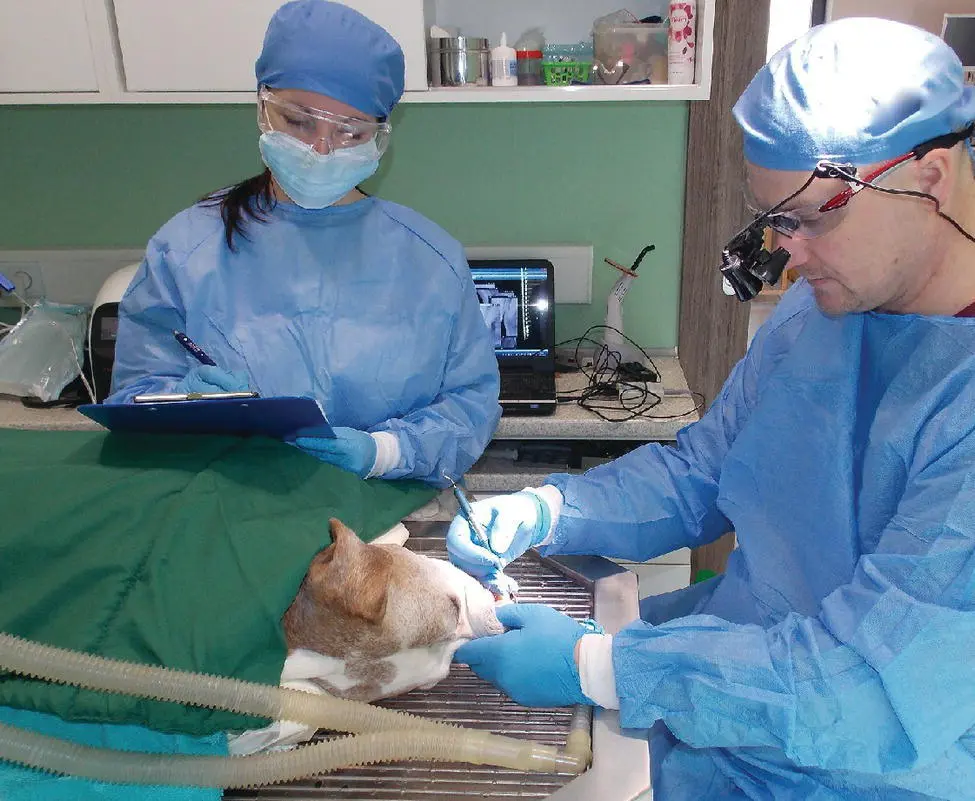
Figure 4.5 Four‐handed dentistry: examination and charting.
Intraoperatively, the veterinary care assistant serves as the technician/nurse's assistant in dental procedures by recording findings on the dental chart, helping with patient positioning, and assisting with pre‐ and postoperative dental photos and X‐rays. Four‐handed dentistry, in which two people work together to record findings on the dental chart and operate the dental software during X‐ray can decrease the procedure time and ensure a thorough dental examination and cleaning (Niemiec 2010) ( Figure 4.5). The assistant should also transcribe findings into the practice management software, upload photos and X‐rays, and help with the preparation of the discharge paperwork.
Postoperatively, the veterinary care assistant should ensure that the patient is cleaned and ready for discharge prior to release. The patient should be dry, their hair should be brushed, and any remnants of blood should be removed prior to their being presented to their owner. Taking a few extra minutes to perform these tasks can ensure the client feels that this was a pleasant and important procedure. The veterinary care assistant should also perform maintenance on the dental equipment, including cleaning and autoclaving the instruments, assessing the sharpness of the instruments, cleaning and preforming routine maintenance on the dental unit by releasing the pressure of the compressor, lubricating the handpieces, and preparing the operatory for the next patient ( Figure 4.6).
4.5 Credentialed Veterinary Technicians/Nurses
Credentialed veterinary technicians/nurses are essential member of the dental team, as pet advocates and client educators. They are often eager to be empowered, and dentistry is one of the areas of the veterinary practice where technicians/nurses can be fully utilized. It is important to remember that a credentialed technician/nurse can do everything but diagnose, perform surgery, prescribe drugs, and give a prognosis. Empowering a veterinary technician/nurse to become the dental go‐to at a practice allows for both professional growth and pride in their chosen profession, as well as increasing the practice's dental revenue. The dental technician/nurse will be the source for all things dental and have responsibility for the training of the entire staff so that everyone understands the importance of good oral health.
Every practice should have a veterinary technician/nurse whose main emphasis and training are in dentistry (Bellows 1999). The veterinarian is the only person who can make a diagnosis of disease, but a credentialed veterinary technician/nurse with training in dentistry can assist them by gathering an accurate history and recognizing abnormalities and pathology and bringing them to their attention.

Figure 4.6 Preparation of the operatory.
Читать дальше
